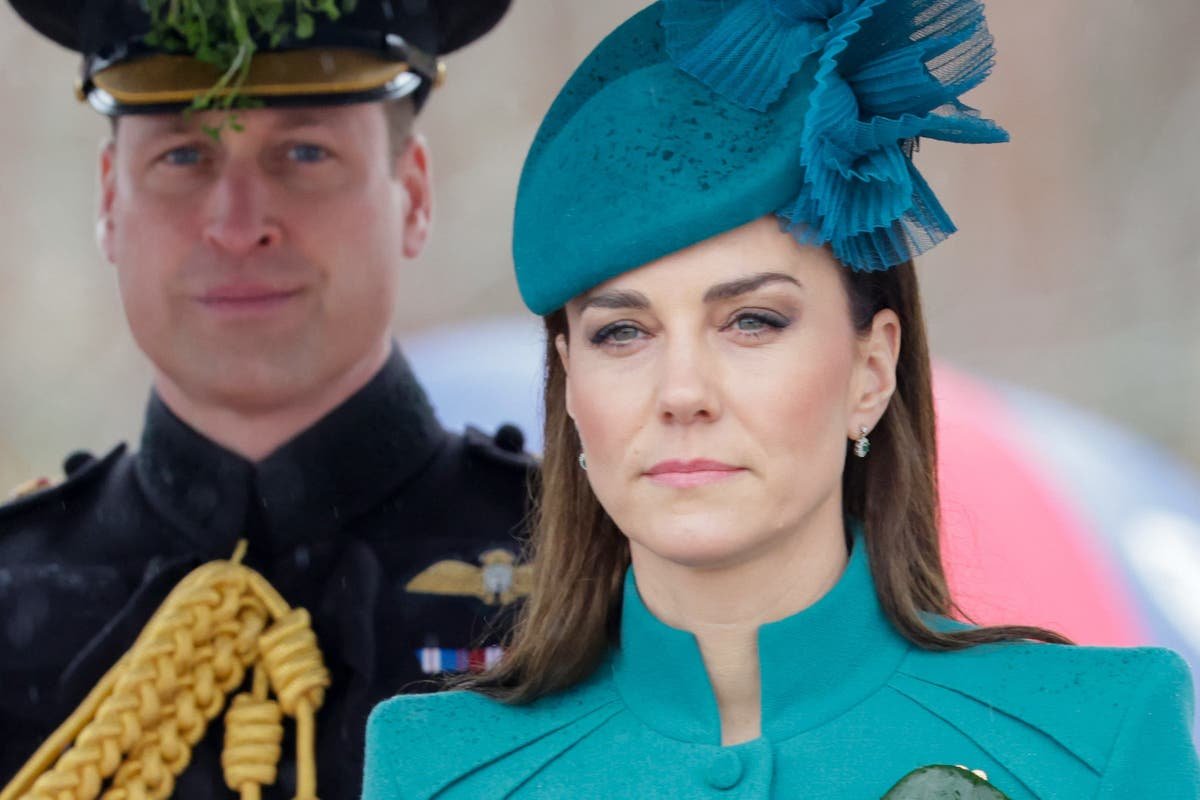While many art historians have focused on the woman in Leonardo da Vinci’s Mona Lisa, Ann Pizzorusso has a different obsession — the mountain ridges in the background.
Pizzorusso, a geologist and Italian Renaissance scholar, says she combined her two fields of expertise to pinpoint the exact setting of Da Vinci’s most iconic painting.
“By using geology as an analytical tool, it opened up the art world to me because, while I couldn’t comment on brushstrokes or figures, I could certainly look at the rocks,” Pizzorusso, an independent scholar based in New York and Italy, told As It Happens host Nil Köksal.

The background, she says, depicts the Alps overlooking the Italian city of Lecco on Lake Como, and its 14th-century Azzone Visconti bridge.
Her theory, which she presented at a geology conference in Lecco this week, has been embraced by several Renaissance art historians.
But it is one of several running theories about the painting’s setting — a debate that one leading Da Vinci scholar says is misguided and represents a fundamental misunderstanding of the artist’s work.
Da Vinci, the geologist
Da Vinci was known for having expertise in a wide range of subject matters and has been described, among other things, as an artist, draughtsman, architect and engineer.
But Pizzorusso has bestowed him with another title — “the father of geology.”
“I have analyzed every painting in which he has had a rock in it, and it’s perfect,” she said. “It’s like looking at a photograph.”
She’s previously published books and papers examining geological depictions in Da Vinci’s art, including Geologic Representations in the Virgin and Child with St. Anne, and Leonardo’s Geology: The Authenticity of the Virgin of the Rock.
To pinpoint the landscape in the Mona Lisa, she says she traced Da Vinci’s footsteps across northern Italy using his own detailed field notes.
Many of the previous theories, she says, focused on finding the bridge in the background. But there are hundreds of antique bridges with similar Roman style architecture in Italy.
“So you can’t just find a bridge,” she said. “Once you find a bridge, you have to understand whether Leonardo was in that area. Then you have to determine if the geology is correct in the background. Then you have to make sure you have some water.”

It was in Lecco 20 years ago, with the help of an Alps tour guide, that she found all three elements.
“We went up into the mountains, and when we came back to Lecco that night, we said, ‘Look at this. This is the Mona Lisa,'” she said.
She says that, 250 million years ago, the area was all ocean. But over time, coral salified into limestone mountain ridges, and melting glaciers carved out lakes.
“It’s these glacial lakes that ribbon through the back of the Mona Lisa with these large sawtooth mountains coming out of the background,” she said.
Da Vinci scholar says there is no exact location
While she has long believed she solved the mystery of the Mona Lisa‘s setting, she says she was compelled to present her theory publicly for the first time at the behest of art historian Jacques Franck, a former Leonardo consultant to the Louvre, who is working on a book about Da Vinci.
“I don’t doubt for one second that Pizzorusso is right in her theory, given her perfect knowledge of the geology of the Italian country — and more precisely of the places where Leonardo travelled in his lifetime, which could correspond to the mountainous landscape in the Mona Lisa,” Franck told the Guardian newspaper.

But not everyone is convinced.
British art historian Martin Kemp, one of the world’s leading Da Vinci scholars, says “the impulse to find a real place that Leonardo is portraying in the Mona Lisa and other of his paintings is pretty insatiable” — but, ultimately, he says, misguided.
While he agrees Da Vinci had a passion for geology and a tendency to depict nature with remarkable accuracy, that doesn’t mean he’s portraying “actually specific, identifiable landscapes.”
“He’s looking at real things with incredible intensity, but he then remakes them in painting. Why he should put a landscape of Albinor or a landscape of Arezzo or landscape of wherever is completely unclear,” he said.
“It’s a bit like saying in portraying Madonna, that he’s portrayed a picture of the girl next door.”
Martin says he appreciates efforts to examine Da Vinci’s art through a geographical lens, “but to target it to get the location of the images is just fanciful.”
One thing Kemp and Pizzorusso agree on is that the Mona Lisa is a work that continues to resonate throughout the eras, spawning countless theories and interpretations, and compelling people to try and solve its many mysteries.
“He puts an enormous amount of poetic truth into painting, he puts a lot of scientific truth … and he, in a sense, invites the reader in to explore the picture,” Kemp said.
“The legends, the myths, the stories of Mona Lisa are absolutely extraordinary.”










